Intro
Discover the 5 key costs of POS systems, including hardware, software, and implementation expenses, to help you make an informed decision on point of sale solutions, payment processing, and retail management systems.
The cost of implementing a point of sale (POS) system can vary widely, depending on the type of system, the size of the business, and the features required. For businesses looking to invest in a POS system, understanding the various costs involved is crucial to making an informed decision. In this article, we will delve into the different components of POS system costs, exploring the various expenses that businesses may incur when implementing and maintaining a POS system.
The importance of a POS system cannot be overstated, as it is a critical component of any retail or hospitality business. A POS system enables businesses to process transactions efficiently, manage inventory, and track sales data. With the rise of digital payments and the increasing demand for seamless customer experiences, investing in a robust POS system has become essential for businesses to stay competitive. However, the cost of a POS system can be a significant investment, and businesses need to carefully consider the various expenses involved.
The cost of a POS system can be broken down into several components, including hardware costs, software costs, implementation costs, and ongoing maintenance costs. Hardware costs include the expense of purchasing or leasing POS terminals, printers, scanners, and other equipment. Software costs, on the other hand, include the cost of purchasing or subscribing to POS software, which can range from basic to advanced, depending on the features required. Implementation costs include the expense of setting up the system, training staff, and integrating the POS system with other business systems. Ongoing maintenance costs include the expense of technical support, software updates, and hardware maintenance.
Hardware Costs
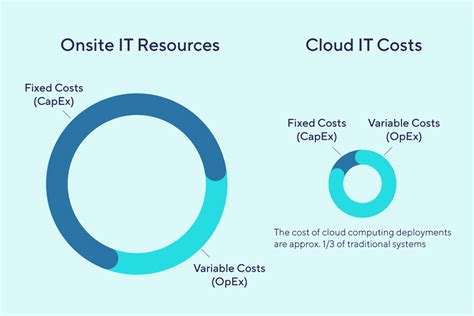
Types of Hardware
There are several types of hardware that businesses may need to purchase or lease as part of their POS system, including: * POS terminals: These are the central component of the POS system, and are used to process transactions and manage sales data. * Printers: These are used to print receipts and other documents, such as invoices and reports. * Scanners: These are used to scan barcodes and other identifiers, and can help to speed up the checkout process. * Cash drawers: These are used to store cash and other valuables, and can help to secure transactions. * Card readers: These are used to process credit and debit card transactions, and can help to reduce the risk of fraud.Software Costs

Types of Software
There are several types of software that businesses may need to purchase or subscribe to as part of their POS system, including: * Basic POS software: This type of software provides basic functionality, such as processing transactions and managing sales data. * Advanced POS software: This type of software provides more advanced functionality, such as inventory management and reporting. * Cloud-based POS software: This type of software is hosted in the cloud, and can provide greater flexibility and scalability. * On-premise POS software: This type of software is hosted on-site, and can provide greater control and security.Implementation Costs

Steps Involved in Implementation
There are several steps involved in implementing a POS system, including: * Planning and design: This involves determining the requirements of the business, and designing a system that meets those needs. * Installation and configuration: This involves installing and configuring the hardware and software, and integrating the system with other business systems. * Training and support: This involves training staff on how to use the system, and providing ongoing technical support and maintenance. * Testing and quality assurance: This involves testing the system to ensure that it is working correctly, and identifying and resolving any issues that arise.Ongoing Maintenance Costs
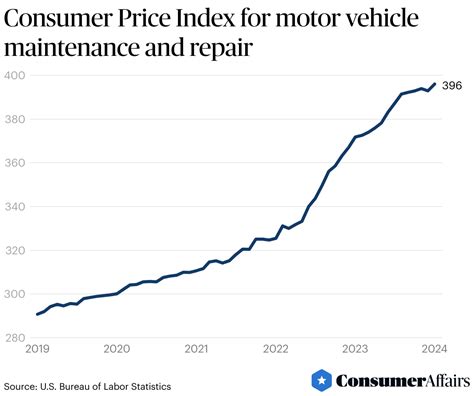
Types of Ongoing Maintenance
There are several types of ongoing maintenance that businesses may need to perform to keep their POS system running smoothly, including: * Technical support: This involves providing technical assistance and troubleshooting to resolve any issues that arise. * Software updates: This involves updating the software to ensure that it remains secure and functional. * Hardware maintenance: This involves performing routine maintenance tasks, such as cleaning and replacing parts, to ensure that the hardware remains in good working order. * Backup and disaster recovery: This involves creating backups of critical data, and developing a plan to recover the system in the event of a disaster or outage.POS System Image Gallery
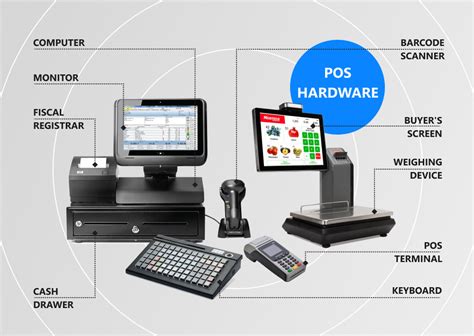
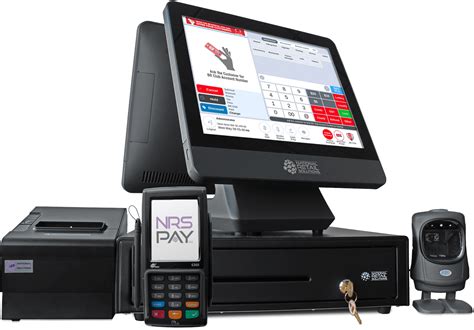
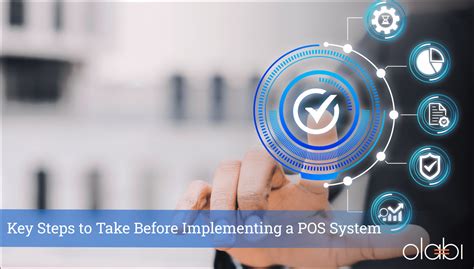
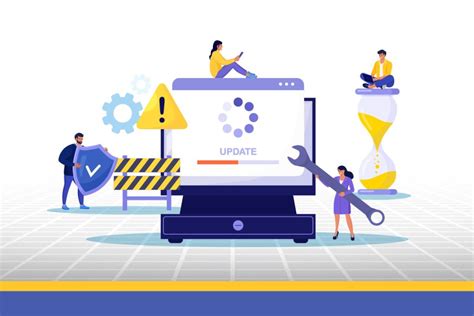
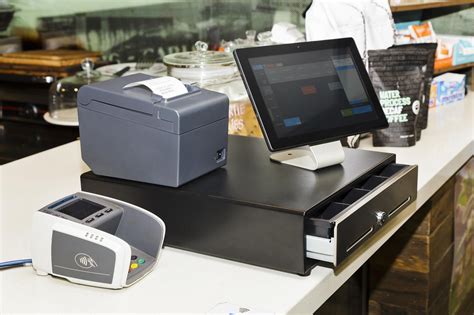
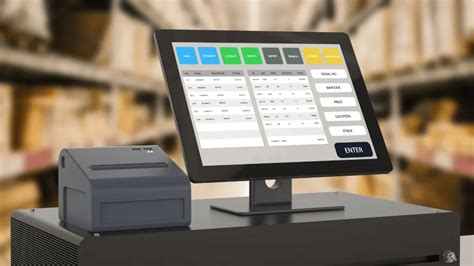
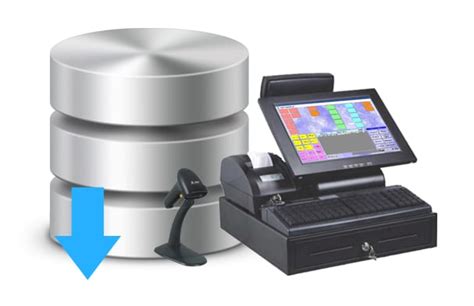
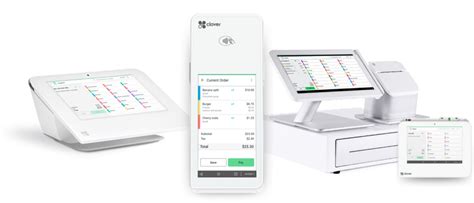
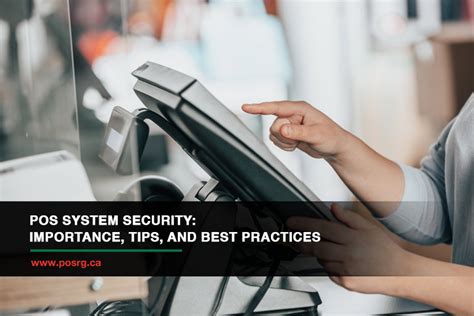
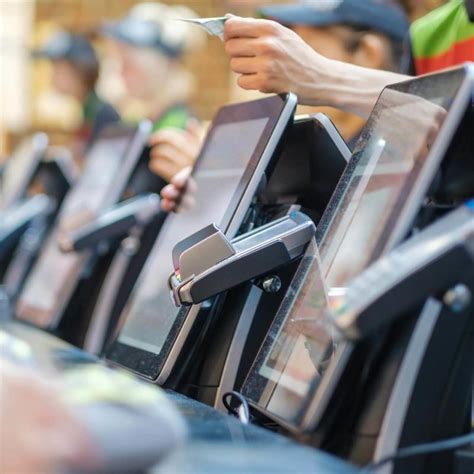
What is the average cost of a POS system?
+The average cost of a POS system can vary widely, depending on the type and quality of the system, as well as the size and complexity of the business. However, a basic POS system can cost anywhere from $500 to $2,000, while a more advanced system can cost upwards of $5,000 to $10,000 or more.
What are the different types of POS systems?
+There are several types of POS systems, including cloud-based systems, on-premise systems, and hybrid systems. Cloud-based systems are hosted in the cloud, and can provide greater flexibility and scalability. On-premise systems are hosted on-site, and can provide greater control and security. Hybrid systems combine the benefits of cloud-based and on-premise systems.
What are the benefits of using a POS system?
+The benefits of using a POS system include improved efficiency, increased accuracy, and enhanced customer experience. A POS system can help businesses to process transactions quickly and accurately, and can provide valuable insights into sales data and customer behavior. Additionally, a POS system can help businesses to manage inventory, track employee performance, and provide loyalty programs and other promotions.
How do I choose the right POS system for my business?
+To choose the right POS system for your business, you should consider several factors, including the size and complexity of your business, the type of products or services you offer, and the level of customer service you provide. You should also consider the cost of the system, as well as the level of technical support and maintenance provided by the vendor.
Can I customize my POS system to meet the specific needs of my business?
+Yes, many POS systems can be customized to meet the specific needs of your business. You can work with the vendor to configure the system to meet your specific requirements, and can also integrate the system with other business systems, such as accounting and inventory management software.
In conclusion, the cost of a POS system can be a significant investment for businesses, but it can also provide numerous benefits, including improved efficiency, increased accuracy, and enhanced customer experience. By understanding the different components of POS system costs, businesses can make an informed decision about which system to choose, and can ensure that they are getting the best value for their money. Whether you are a small business or a large enterprise, a POS system can help you to streamline your operations, improve customer satisfaction, and increase sales. We invite you to share your thoughts and experiences with POS systems, and to ask any questions you may have about this topic. Additionally, we encourage you to explore our website for more information on POS systems and other business solutions.

